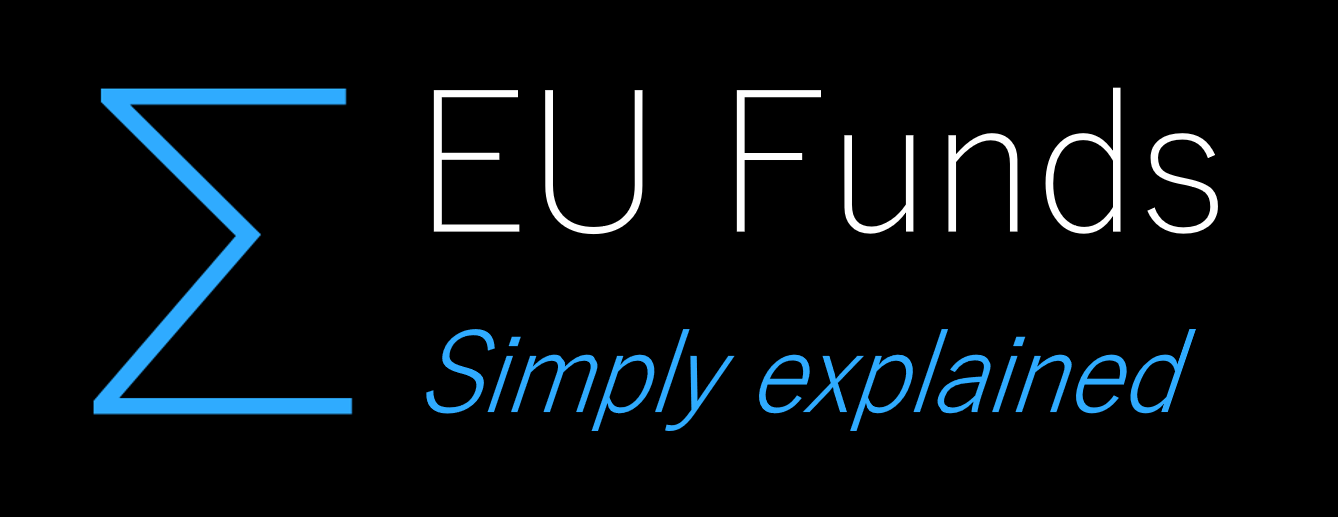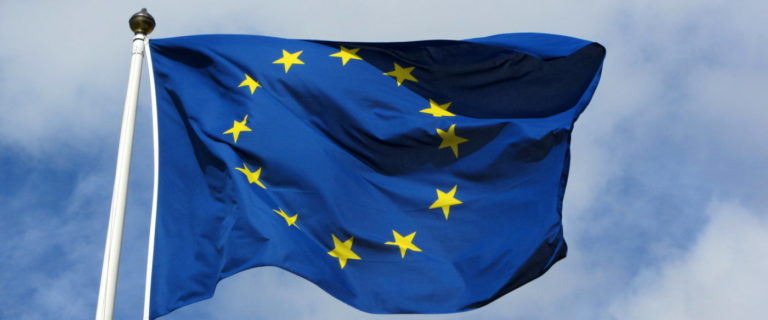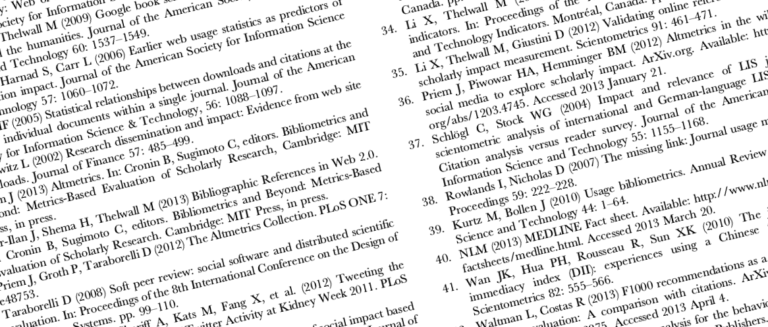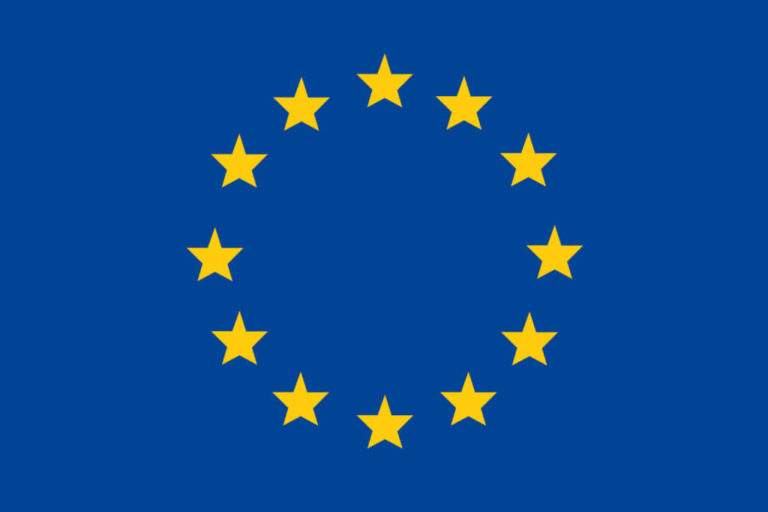To prepare correctly a budget of a Horizon Europe project, you should go through 5 important steps.
1. Review the call conditions and plan the work
For each call, we need to check 3 elements:
- Financing conditions: this refers to the funding rate (100% financed by the EU or co-financed). This allows you to define the budget according to the necessity of bringing own resources. Also, the amount of indirect costs has to be considered.
- Estimated budget by project and topic: this gives information about the amount of projects that the European Commission aims to finance and the approximate budget amount of each project. This way you can elaborate a realistic budget and adapt the tasks and objectives within the maximum amount planned.
- Types of costs: actual costs, unit costs, lump-sum, flat-rate. These are the main types of types of costs that you can encounter although the most common one is the actual costs.
Recommendation: start early enough and plan the work well. The budget is constructed in parallel to the proposal writing. The proposal preparation lasts around 6 weeks. The coordinator usually asks for the final budget amounts 2 weeks before the submission deadline.
2. Know the budget categories and eligible costs
The budget is included in part A (online form on the Funding & Tenders Portal) of the proposal. It includes the general amounts broken down by participant and by cost category.
- A. Personnel costs: own and external personnel that works for the project
- B. Subcontracting costs: tasks implemented by external entities (to be justified in part B of the proposal)
- C. Purchase costs: (to be justified in part B of the proposal if > 15% of personnel costs)
- C1. Travel and subsitence
- C2. Equipment
- C3. Other goods and services
- D. Other cost categories: financial support to third parties, internally invoiced goods and services (to be justified in part B of the proposal)
- E. Indirect costs: 25% of direct costs except B. subcontracting and D. other costs categories. No indirect costs in lump-sum and unit costs.
Sum of eligible costs * % financing rate = maximum EU contribution
The requested amount can be smaller than the total costs of the project.
Recommendation: build the budget bottom-up and distribute the costs among each work package. This way the budget in part A will be aligned with the description in part B.
3. Follow the internal rules and common practices
- For personnel, know your internal policy and other applicable laws. Also take into consideration hiring processes.
- For purchases, know your internal policy and other applicable laws in case of large amounts or for public entities
- Travel and subsistence: know your internal policy and and other applicable laws
- Equipment: know your internal policy and and other applicable laws for depreciation.
- Communication and dissemination: visibility of EU financing
- Audits: include the cost of a CFS audit if your grant is higher than 430.000€
- Always apply Best value for Money principle in management
Recommendation: include the best possible estimations in the budget. There is flexibility in the execution of the project as stated in article 5.5 of the model grant agreement, that allows transfer of budget between cost categories as well as between project partners.
4. Review the budget and balance work-resources
There is no formal evaluation of the budget (part A), only part B about implementation, but both parts have to be aligned as the credibility of the proposal depends on the coherence between both parts and that expenses are well justified in part B. If the proposal is funded, the text of the proposal will become integral part of the Grant Agreement (Annex 1 and 2), that are reference documents used for the monitoring of the project.
A few important points to check:
- Consistency between tasks description and assigned resources
- Balance of the budget between partners: no more than 30% of the budget to a partner
- Balance of the budget between countries: no more than 40% of the budget to a country
- Balance between work packages
- Sufficient explanations about the budget and the Person Months (PMs)
5. Plan cost reporting and audits
A good budget makes the execution of the budget easier, avoids errors as well as under-spending during the cost reporting and audits.
If the proposal is funded, it is important during the kick-off meeting and internal meetings to review the financial rules that apply.
The consortium has 60 days to submit its financial report. The CFS audit is done at the end of the project if is required. The final payment (payment of the balance) and the Mutual Insurance Mechanism are being released once the European Commission has made its complete evaluation of the project.
During the cost reporting, it is important to show the link between the cost and the project as well as the best value for money.













